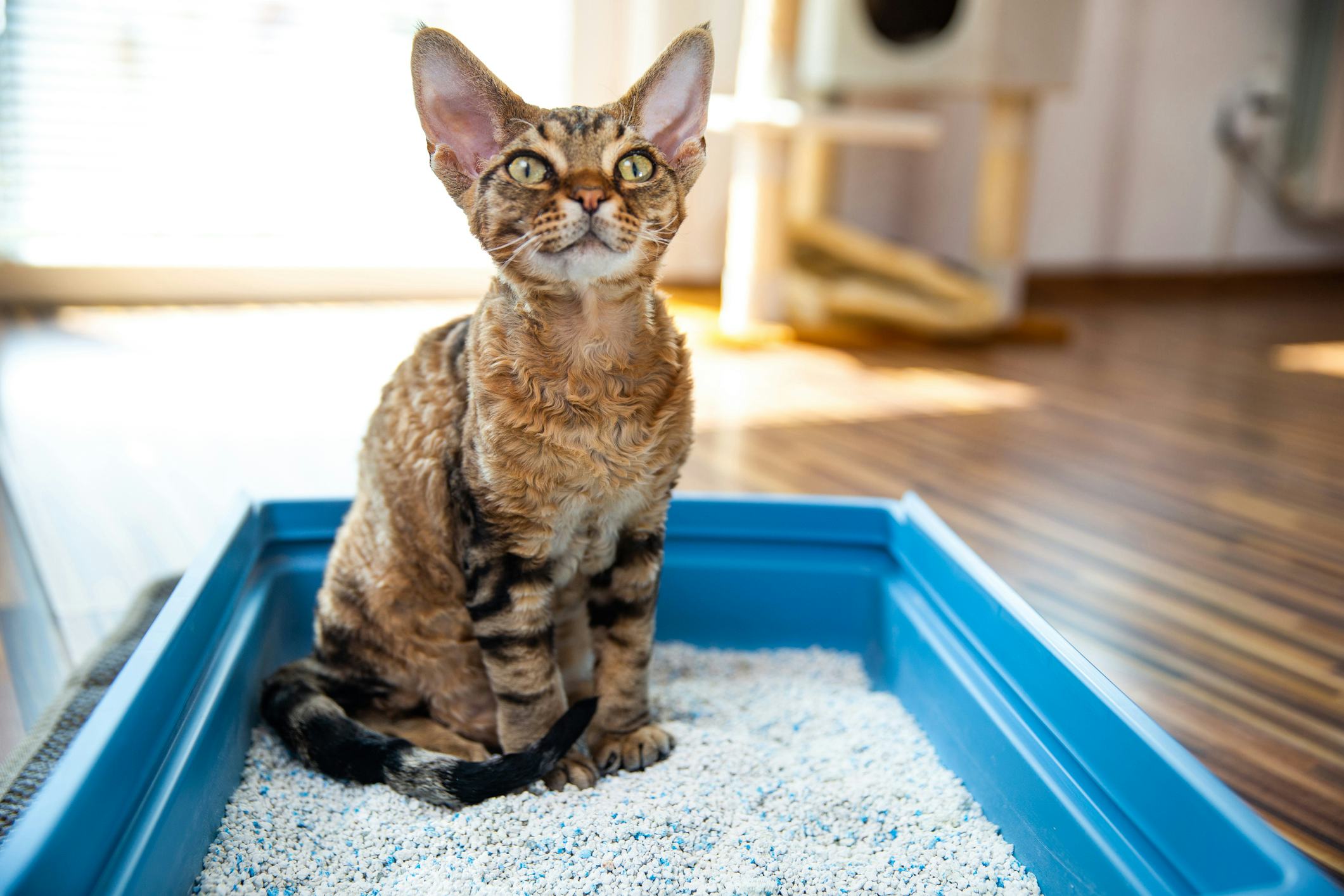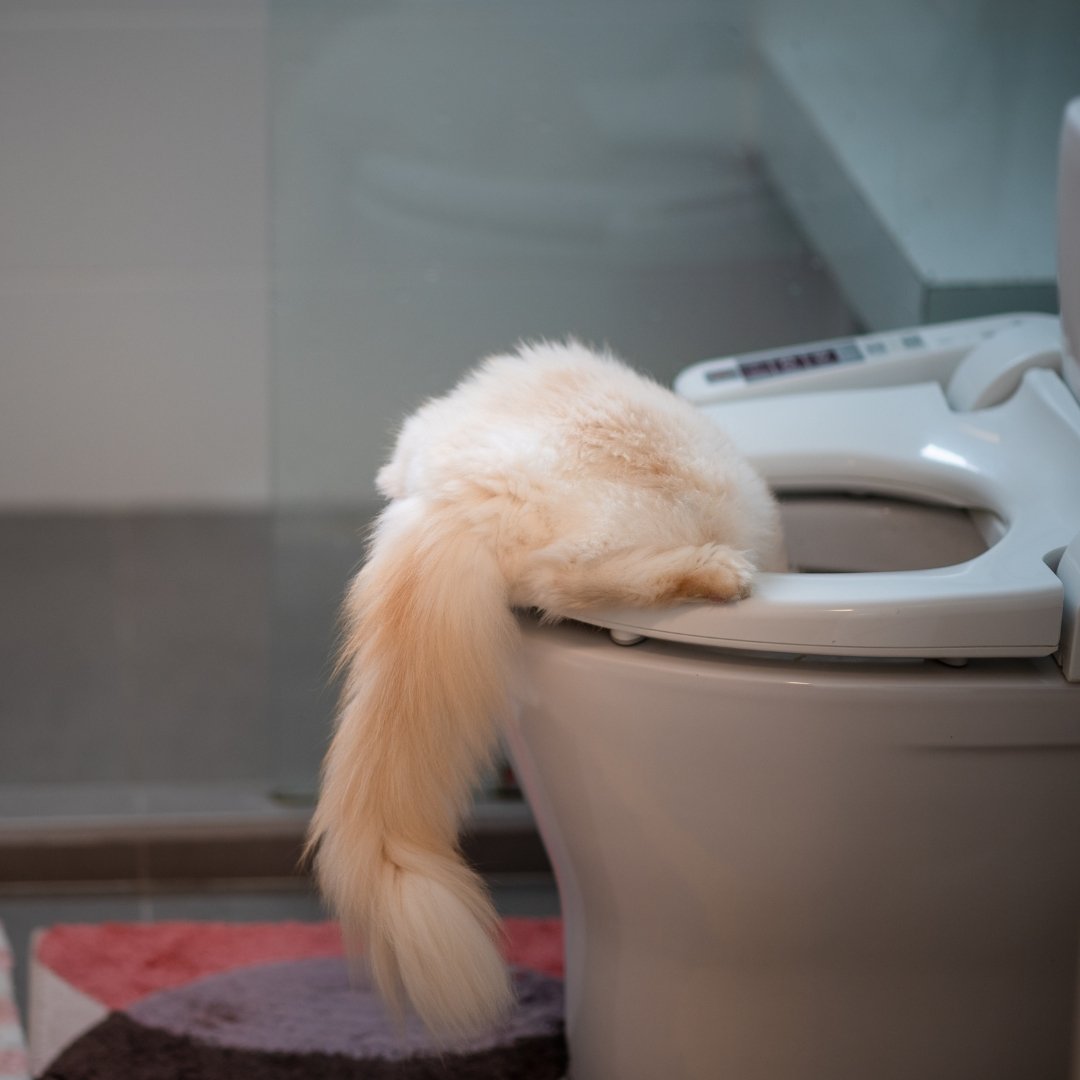An Relevance of Not Emptying Animal Waste Down the Toilet
An Relevance of Not Emptying Animal Waste Down the Toilet
Blog Article
How do you feel when it comes to Can You Flush Dog and Cat Poo Down the Toilet??

When it concerns getting rid of waste, especially animal waste, many individuals usually resort to the convenient choice of flushing it down the bathroom. However, this relatively easy service can have serious repercussions for the atmosphere and public health. In this short article, we'll discover why flushing animal waste down the bathroom is a poor concept and provide alternate techniques for proper disposal.
Intro
Proper waste disposal is important for preserving environmental sustainability and public health. While it may seem harmless to flush animal waste down the toilet, it can lead to numerous issues, both for the environment and human well-being.
Risks of flushing animal waste
Environmental impact
Flushing animal waste presents harmful germs and microorganisms right into rivers, which can adversely impact water environments. These pathogens can contaminate water resources and damage marine life, interrupting delicate ecosystems.
Public health problems
Pet waste includes damaging germs such as E. coli and Salmonella, which can pose significant health risks to people. Flushing pet waste down the commode can infect water materials, resulting in the spread of conditions and infections.
Alternatives to flushing
Rather than flushing pet waste down the commode, there are numerous different disposal methods that are more eco-friendly and hygienic.
Composting
Composting pet waste is a green way to take care of it. By composting, raw material is broken down into nutrient-rich dirt, which can be used to fertilize yards and plants.
Garbage dump disposal
Dealing with pet waste in a landfill is another choice. While not as eco-friendly as composting, it is a much safer alternative to flushing, as it stops the contamination of water resources.
Family pet waste disposal systems
There are specialized pet dog garbage disposal systems available that safely and hygienically deal with pet waste. These systems often utilize enzymes to break down waste and eliminate odors.
Steps to proper pet garbage disposal
To make sure correct disposal of pet waste, comply with these actions:
Scooping and landing waste
Routinely scoop and bag pet waste using biodegradable bags. This prevents waste from contaminating the setting.
Utilizing designated waste containers
Dispose of bagged pet waste in assigned waste bins, such as garden compost containers or land fill bins. Avoid flushing it down the commode at all costs.
Cleansing litter boxes and animal areas on a regular basis
Regularly clean can and pet locations to prevent the build-up of waste and microorganisms. Usage pet-safe cleansing items to preserve health.
Benefits of appropriate disposal approaches
Taking on proper disposal methods for animal waste provides several advantages:
Reduced environmental pollution
Appropriate disposal approaches minimize the danger of environmental pollution, shielding rivers and communities from contamination
Decreased threat of water contamination.
By staying clear of flushing animal waste down the commode, the risk of water contamination is significantly reduced, guarding public health.
Enhanced cleanliness and hygiene
Proper disposal techniques advertise far better sanitation and hygiene, creating a much safer atmosphere for both humans and animals.
Verdict
In conclusion, flushing animal waste down the toilet is hazardous to the environment and public health. By embracing different disposal techniques and complying with correct waste monitoring practices, we can reduce the negative influence of animal waste and add to a cleaner, healthier world.
What To Do With Dog Poo – The Do's And Don'ts Of Disposing Of Faeces
Dog poo bins
Some councils provide dedicated dog waste bins in popular dog-walking areas that can take dog poo that has been bagged but you can legally dispose of dog waste in any public litter bin, as long as it is securely bagged. This also applies to your wheelie bin at home.
Do not flush
Water companies do not recommend flushing dog faeces down the toilet because certain parasites can survive the water processing treatment and are potentially harmful to humans. You should also never consider flushing dog poo that has been bagged down the toilet as the bags will not break down and instead create severe blockages in the sewage system.
In the woods
The Forestry Commission promotes a ‘stick and flick’ method for dealing with waste in the woods. This means finding a stick and using it to flick any poo from off the path so that it is out of the way of other walkers. You could also bury it as long as it is not in an area where there might be livestock.
Livestock
Parasites found in dog poo can be transmitted to livestock if they inadvertently eat infected faeces that has been left on grazing land. This could result in the death of sheep or abortion in cattle so you should always make sure you pick up your dog’s waste in fields where livestock could be present.

Regularly clean can and pet locations to prevent the build-up of waste and microorganisms. Usage pet-safe cleansing items to preserve health.
Benefits of appropriate disposal approaches
Taking on proper disposal methods for animal waste provides several advantages:
Reduced environmental pollution
Appropriate disposal approaches minimize the danger of environmental pollution, shielding rivers and communities from contamination
Decreased threat of water contamination.
By staying clear of flushing animal waste down the commode, the risk of water contamination is significantly reduced, guarding public health.
Enhanced cleanliness and hygiene
Proper disposal techniques advertise far better sanitation and hygiene, creating a much safer atmosphere for both humans and animals.
Verdict
In conclusion, flushing animal waste down the toilet is hazardous to the environment and public health. By embracing different disposal techniques and complying with correct waste monitoring practices, we can reduce the negative influence of animal waste and add to a cleaner, healthier world.
What To Do With Dog Poo – The Do's And Don'ts Of Disposing Of Faeces
Dog poo bins
Some councils provide dedicated dog waste bins in popular dog-walking areas that can take dog poo that has been bagged but you can legally dispose of dog waste in any public litter bin, as long as it is securely bagged. This also applies to your wheelie bin at home.
Do not flush
Water companies do not recommend flushing dog faeces down the toilet because certain parasites can survive the water processing treatment and are potentially harmful to humans. You should also never consider flushing dog poo that has been bagged down the toilet as the bags will not break down and instead create severe blockages in the sewage system.
In the woods
The Forestry Commission promotes a ‘stick and flick’ method for dealing with waste in the woods. This means finding a stick and using it to flick any poo from off the path so that it is out of the way of other walkers. You could also bury it as long as it is not in an area where there might be livestock.
Livestock
Parasites found in dog poo can be transmitted to livestock if they inadvertently eat infected faeces that has been left on grazing land. This could result in the death of sheep or abortion in cattle so you should always make sure you pick up your dog’s waste in fields where livestock could be present.

We are very fascinated by Can You Flush Dog and Cat Poo Down the Toilet? and I'm hoping you enjoyed reading the entry. Remember to set aside a second to distribute this blog if you liked it. Thanks a lot for your time invested reading it.
Click Here Report this page